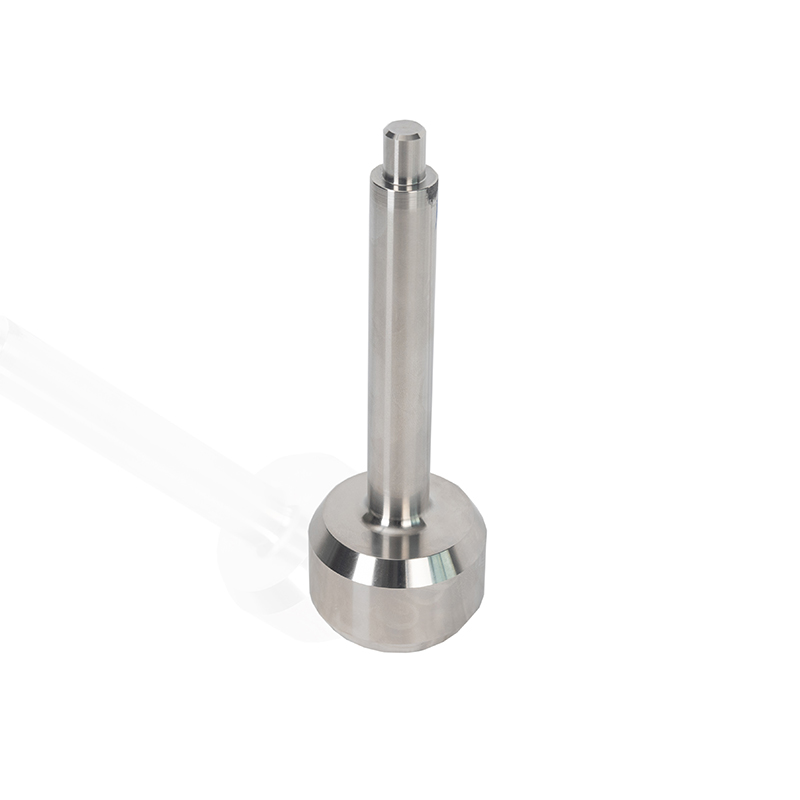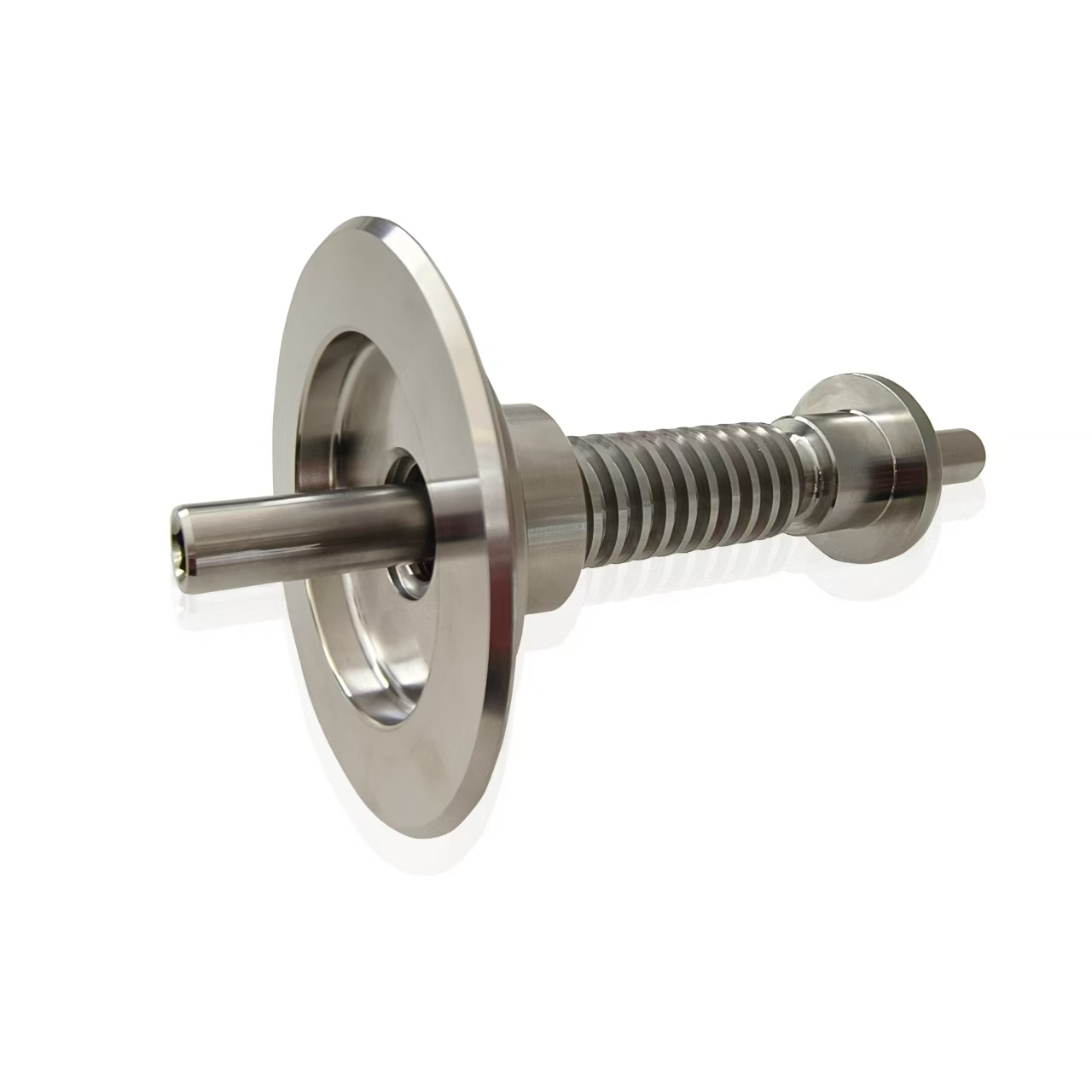How does the design of a single seat valve rod affect its flow control accuracy and efficiency?
 2024.07.15
2024.07.15
 Industry news
Industry news
The design of a single seat valve rod plays a crucial role in determining its flow control accuracy and efficiency, making it a vital component in various industries such as food and beverage, pharmaceuticals, and chemical processing. At the heart of its design lies the plunger, a movable element that opens and closes the valve seat to regulate the flow of fluids or gases. The shape and size of the plunger are critical; they must be meticulously engineered to ensure minimal turbulence and smooth fluid flow. A well-designed plunger reduces resistance and pressure drops, enhancing the precision with which the valve can control the flow rate. Additionally, the plunger's material must be selected based on the specific requirements of the application, such as rubber for flexibility, PTFE for chemical resistance, or metal alloys for strength and durability.
Equally important is the design of the valve seat, which needs to provide a tight and reliable seal to prevent leaks and ensure control accuracy. Typically made from highly resistant materials like stainless steel, the valve seat must be precisely machined to create a consistent sealing surface. The profile of the valve seat, including its angle and surface finish, is also vital as it affects the interaction between the plunger and the seat. A well-designed seat profile ensures even wear and long-term reliability, maintaining the efficiency and accuracy of flow control over time.
The actuation mechanism that drives the movement of the plunger is another significant aspect of single seat valve rod design. Whether the valve is manually operated, pneumatically, hydraulically, or electrically actuated, the choice of actuation method impacts how quickly and accurately the valve can respond to control signals. For example, electric actuators offer precise control with rapid adjustments, enhancing the valve's ability to maintain accurate flow rates. Additionally, the alignment and positioning of the actuator relative to the valve rod are critical to avoid uneven wear and ensure consistent performance.
Sealing design is yet another key factor influencing the performance of single seat valve rods. High-quality seals made from materials like rubber, PTFE, or metal ensure minimal leakage and maintain control accuracy. The configuration of these seals, including the use of multiple seals or backup rings, can further enhance the reliability and longevity of the valve. The materials used for the valve rod and other components must also be chosen to withstand the specific conditions of the application, such as temperature, pressure, and corrosiveness, to prevent degradation over time.

The internal flow path of the valve must be designed to minimize resistance and turbulence. A streamlined flow path allows for smoother fluid movement and more precise control. The valve's flow coefficient (Cv) is a measure of its capacity to allow fluid flow, and an appropriate Cv ensures optimal control for the specific application. The inherent flow characteristic of the valve, whether linear or equal percentage, affects how the flow rate changes in relation to the valve position and must be chosen based on the application requirements for accurate control.
The advantages of single seat valve rods extend beyond their design intricacies. They provide a reliable and flexible solution for fluid control, offering precise regulation of flow, pressure, and temperature. These valves are indispensable in industries where maintaining hygienic and controlled fluid handling is critical, such as in the food and beverage and pharmaceutical sectors. In chemical processing, single seat valve rods are essential for managing hazardous and corrosive fluids safely and efficiently.
The design of a single seat valve rod significantly impacts its flow control accuracy and efficiency. From the shape and size of the plunger to the materials used for the valve seat and seals, every aspect of the design must be meticulously considered to ensure optimal performance. The actuation mechanism, internal flow path, and overall construction materials all contribute to the valve's ability to maintain precise control over fluid flow. By understanding and optimizing these design elements, engineers can develop single seat valve rods that provide reliable, efficient, and accurate fluid control across a wide range of applications.




















